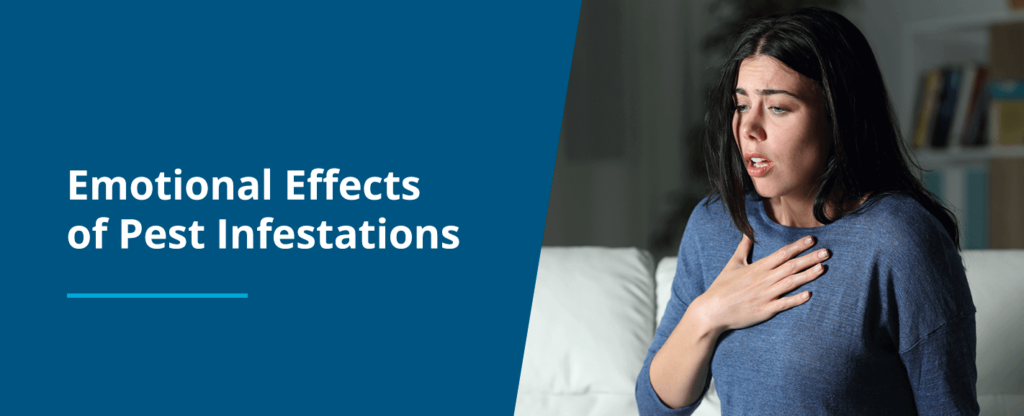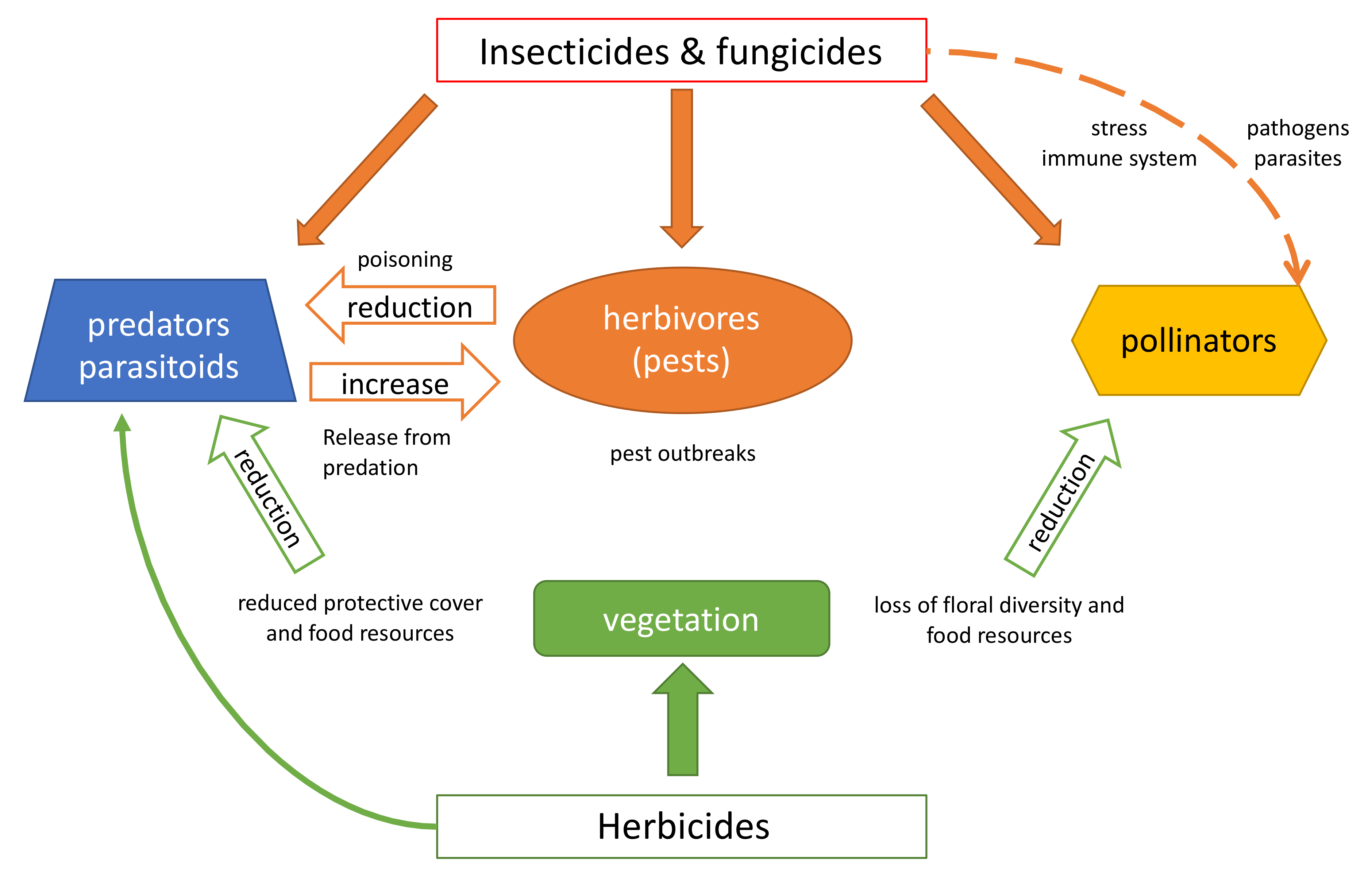The Eco Bed Bug Exterminators Dc Ideas
The Eco Bed Bug Exterminators Dc Ideas
Blog Article
Some Ideas on Eco Bed Bug Exterminators Dc You Should Know
Table of ContentsThe Only Guide for Eco Bed Bug Exterminators DcThe Main Principles Of Eco Bed Bug Exterminators Dc Some Known Incorrect Statements About Eco Bed Bug Exterminators Dc Some Known Incorrect Statements About Eco Bed Bug Exterminators Dc Get This Report on Eco Bed Bug Exterminators Dc
Because chemicals are harmful, they are also potentially unsafe to humans, pets, other organisms, and the atmosphere. People who make use of pesticides or on a regular basis come in contact with them need to comprehend the loved one poisoning, possible health impacts, and preventative procedures to lower exposure to the items they make use of. Hazard, or threat, of making use of pesticides is the possibility for injury, or the level of risk entailed in utilizing a chemical under an offered collection of conditions.
Nonetheless, applicators can reduce or almost remove exposure-- and hence reduce threat-- by following the tag directions, using personal protective clothing and tools (PPE), and taking care of the chemical appropriately. Even more than 95 percent of all chemical direct exposures come from dermal direct exposure, largely to the hands and forearms. By putting on a set of unlined, chemical-resistant handwear covers, this kind of exposure can be virtually removed.
The unsafe results that occur from a solitary direct exposure by any course of entrance are called "acute impacts." The four paths of exposure are facial (skin), breathing (lungs), oral (mouth), and the eyes. Acute toxicity is identified by examining the facial toxicity, inhalation poisoning, and oral poisoning of guinea pig.
The Main Principles Of Eco Bed Bug Exterminators Dc
Severe poisoning is measured as the quantity or focus of a toxicant-- the a.i.-- called for to kill 50 percent of the animals in a test population. This step is usually expressed as the LD50 (dangerous dosage 50) or the LC50 (deadly focus 50). Furthermore, the LD50 and LC50 values are based upon a solitary dose and are recorded in milligrams of pesticide per kg of body weight (mg/kg) of the examination animal or partly per million (ppm).
The lower the LD50 or LC50 worth of a chemical item, the better its toxicity to humans and pets. Pesticides with a high LD50 are the least toxic to people if used according to the directions on the item tag. The persistent poisoning of a pesticide is figured out by subjecting examination animals to lasting direct exposure to the active component.
The chronic poisoning of a pesticide is harder than severe poisoning to figure out via laboratory analysis. Products are categorized on the basis of their relative severe toxicity (their LD50 or LC50 worths). Pesticides that are categorized as very harmful (Toxicity Classification I) on the basis of either dental, dermal, or breathing toxicity have to have the signal words threat and POISON published in red with a head and crossbones symbol plainly showed on the front panel of the plan tag.
The severe (solitary dose) dental LD50 for chemical items in this group ranges from a trace quantity to 50 mg/kg. For example, exposure of a few drops of a product taken by mouth might be deadly to a 150-pound individual. Some pesticide items have just the signal word threat, which tells you nothing concerning the intense toxicity, just that the item can cause extreme eye damage or extreme skin irritability
7 Easy Facts About Eco Bed Bug Exterminators Dc Explained
In this category, the intense dental LD50 arrays from 50 to 500 mg/kg. A tsp to an ounce of this material might be deadly to a 150-pound person (bed bug spray). moved here Pesticide products identified as either slightly hazardous or relatively nontoxic (Poisoning Groups III and IV) are called for to have the signal word CAUTION on the chemical label

All pesticide poisoning values, consisting of the LD50, can be located on the item's Material Safety and security Data Sheet (MSDS) - how to get rid of bed bugs. Chemical tags and MSDS can be gotten from stores or manufactures. On top of that, many items also have details that can be located on the net. The signs of pesticide poisoning can range from a light skin inflammation to coma or also death.
Individuals also vary in their level of sensitivity to different degrees of these chemicals. Some individuals might reveal no reaction to an exposure that may cause extreme illness in others (bed bug heater rentals). Due to possible wellness issues, chemical users and handlers have to acknowledge the usual symptoms and signs of pesticide poisoning. The effects, or symptoms, of chemical poisoning can be generally specified as either topical or systemic.
Our Eco Bed Bug Exterminators Dc Ideas
Dermatitis, or swelling of the skin, is accepted as the most typically reported topical impact associated with pesticide direct exposure. Some people tend to cough, wheeze, or sneeze when revealed to chemical sprays.
This signs and symptom normally subsides within a couple of mins after an individual is removed from the exposure to the toxic irritant. A reaction to a chemical item that creates somebody not just to sneeze and cough yet likewise to establish extreme intense respiratory system symptoms is more most likely to be a true hypersensitivity or allergic response.
Systemic impacts are quite various from topical results. They usually happen away from the initial factor of call as an outcome of the chemical being soaked up right into and distributed throughout the body. Systemic results usually consist of nausea or vomiting, vomiting, exhaustion, headache, and digestive disorders. In innovative poisoning cases, the individual might experience adjustments in heart rate, trouble breathing, convulsions, and coma, which might cause fatality.
Report this page